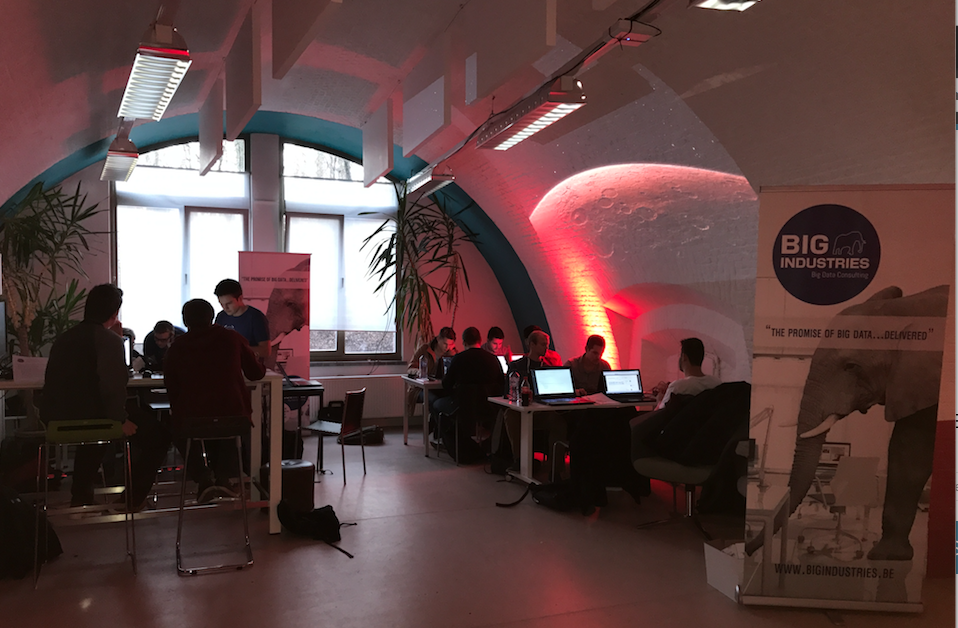cloudera
Fast Business Intelligence For All with Hadoop and Tableau
Hadoop has forever changed the way we deal with data. Its ability to support parallel processing across disparate and massive data volumes means information that traditionally was beyond an organization’s ability to even attempt to store, let alone analyze, can now be a vital source of insight. From unstructured log files to never-ending clickstream records, Hadoop makes leveraging this data a reality in a scalable and economic way. However, being able to store and access big data is only part of the problem. You still need to make sense of it.
Tableau makes it easy to answer questions about your data visually, in minutes. Connect to any data and drag and drop to analyze. Create interactive visualizations and dashboards—all without any programming. Then share with a few clicks. Anyone who is comfortable with Excel can learn Tableau quickly.
Using Tableau to connect to Hadoop is as easy as connecting to any other data source from Tableau, with no additional setup or programming required. This makes it easy to perform sophisticated visual analysis directly on data in Hadoop without needing to know code or query languages while simultaneously allowing more advanced users to leverage Hadoop’s advanced capabilities. Information from Hadoop is visually displayed in Tableau as a series of fields that users can drag- and-drop to visualize the data relevant to the analysis.
Ensuring fine-grained security while still enabling data exploration in Hadoop is made possible through Tableau’s ability to support unified authorization through Apache Sentry This means role-based access control is maintained for end users connecting to Hadoop with Tableau without additional authentication burdens placed on IT.
Tableau doesn’t only simplify the Hadoop technology; it also extends its capability by connecting directly to Hive or Impala and utilizing custom HiveQL expressions. This means that Tableau can handle Hive columns containing XML data by allowing you to write HiveQL to un-nest XML elements. These capabilities significantly extend the real-world usability of Hadoop.
In order to get the benefit of ad
hoc visualization at interactive
speeds, you need to be able to
move fast. When you work with
Hadoop in Tableau, you have
the choice of either using Hive
and extracting subsets of data
into Tableau’s fast in-memory
engine, or by leveraging the
power of Impala to connect
live to your Hadoop cluster for
real-time analytics directly against the full data set.
Finding answers and making decisions with big data is challenging, but by combining the capabilities of Hadoop with Tableau’s ease of use, any organization can apply an enormous amount of leverage to their big data.
Find out more at www.tableau.com or www.biztory.be

Matthias Vallaey
Matthias is founder of Big Industries and a Big Data Evangelist. He has a strong track record in the IT-Services and Software Industry, working across many verticals. He is highly skilled at developing account relationships by bringing innovative solutions that exceeds customer expectations. In his role as Entrepreneur he is building partnerships with Big Data Vendors and introduces their technology where they bring most value.



